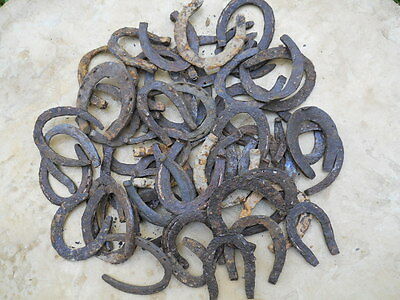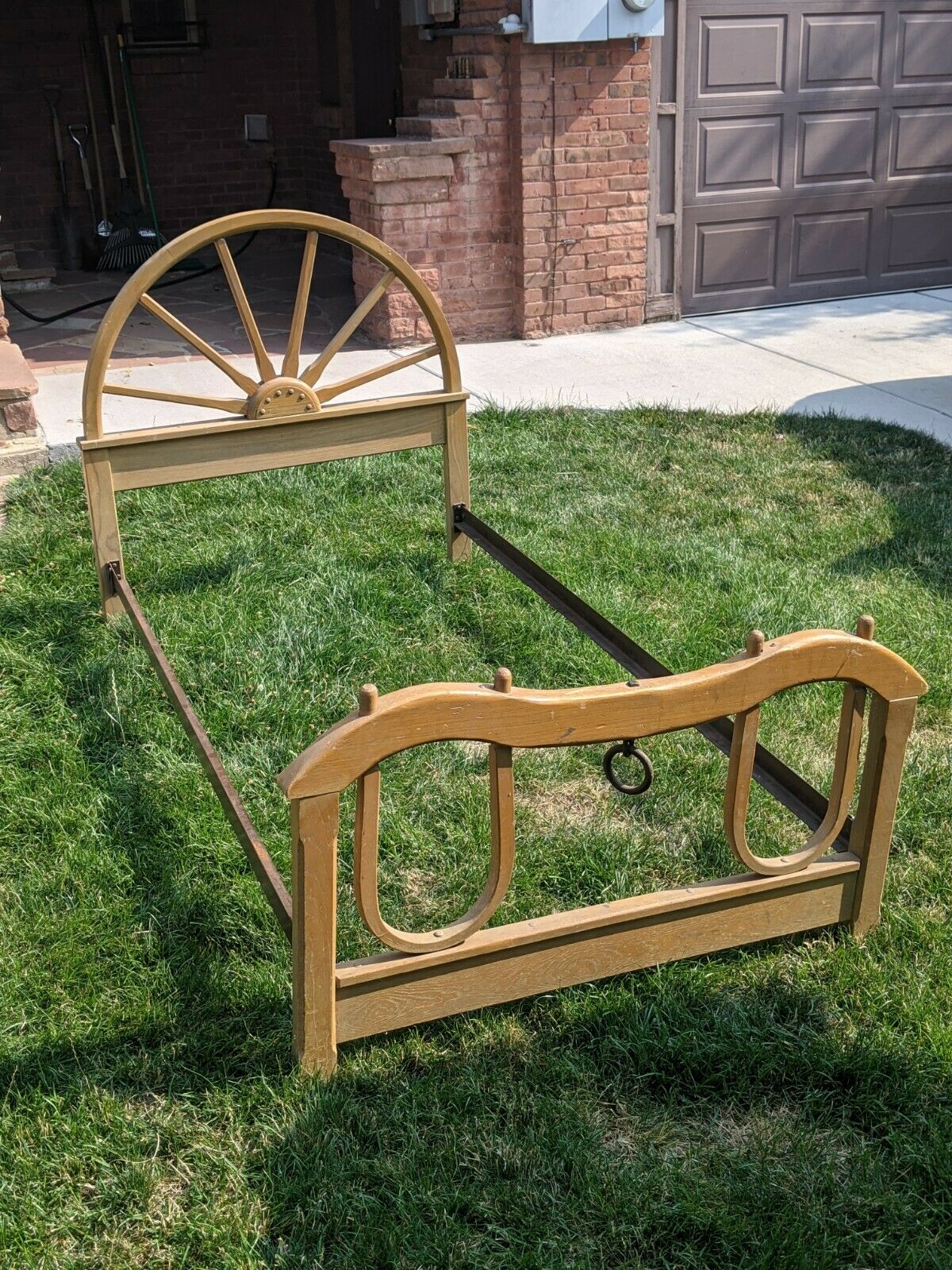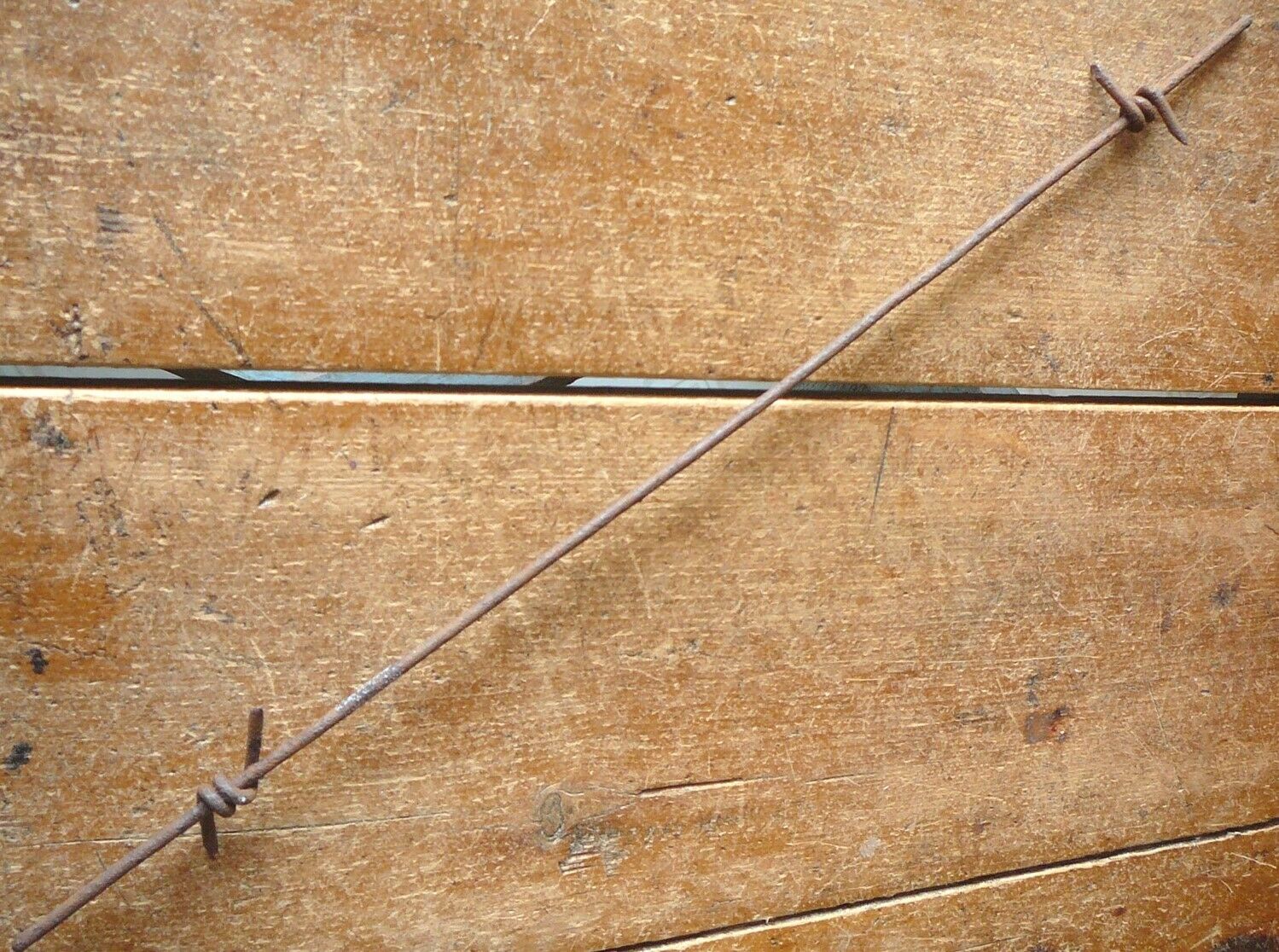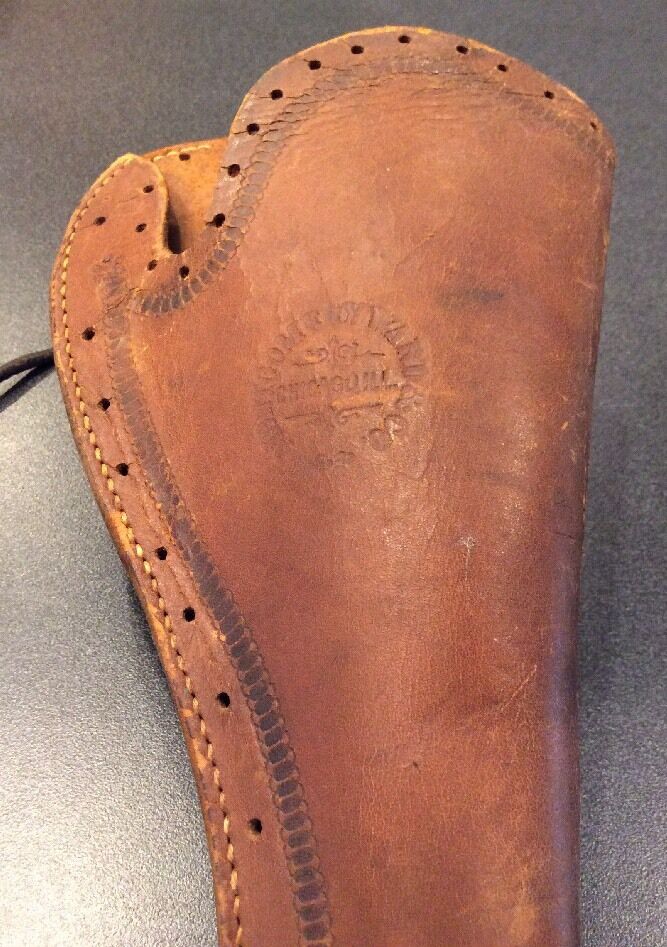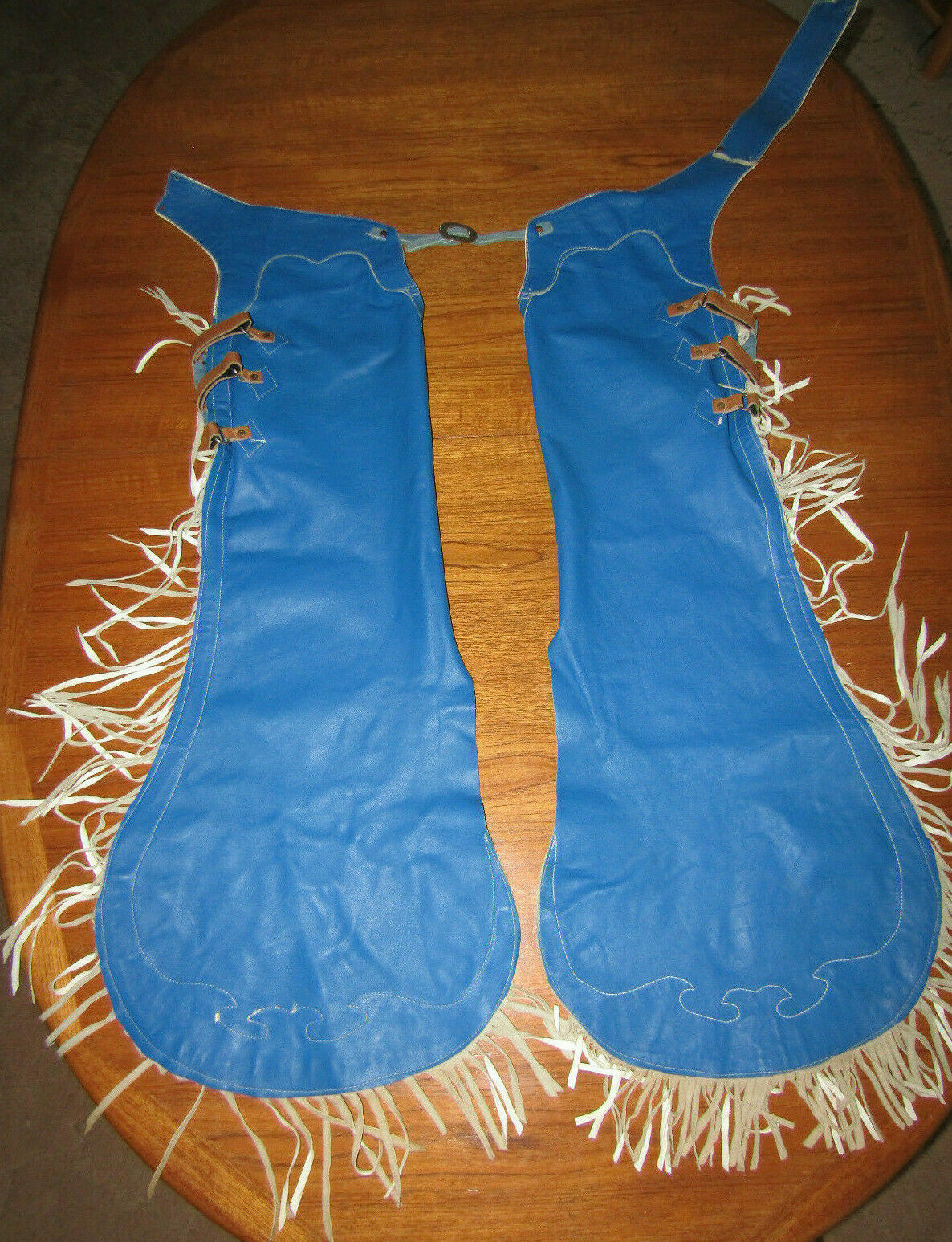-40%
1880s circa Western Cowboy Gambler Composite Ensemble
$ 2904
- Description
- Size Guide
Description
From about 1850-1910, gambling was the number one form of entertainment in the Wild West. Cowboys, Miners, Lumberjacks, Businessmen, and even lawmen all played games of chance for pleasure and profit. As towns were formed, a gambling hall was one of the first buildings or tents to be erected, giving men a chance to forget about the hardships of everyday life.Some of the most famous gamblers of western lore included Bat Masterson, Doc Holliday, Wild Bill Hickok, and Wyatt Earp. They helped place the towns of Deadwood, Denver, Dodge City and San Francisco on the map.
This lot consists of an ensemble of 100% authentic period garb and gear which represents what would have been worn and used by any one of the thousands of gamblers which were seeking a quick way to find fame and fortune.
Included are 1880s circa hat, tuxedo style jacket, white pleated bib front French shirt, square edge playing Cards, blob top glass whiskey bottle, and leather money belt.
The Bowler Hat (1873-1880s):
The Bowler Hat, or more commonly referred to “Derby”, is a hard felt hat with a rounded crown originally created in 1849 for the British soldier and politician Edward Coke.
This hat is supplied by the Blaylock & Blynn Hatters and Furriers Company; it is believed this cap dates to 1873-1880s and would have been available to have been worn in the Wild West by a gambler. In 1873, Louis Blaylock and Harry Blynn formed the Blaylock and Blynn Hat company. The earliest address found for the company is 824 Chestnut Street in Philadelphia. Research confirms the use of that address from approximately 1894 through the 1920s. No mention of the 1702 Walnut Street location was found, and it is surmised it was their first location which would have housed their start in 1873.
How important was the Bowler to a gambler or cowboy? It was very important, so important that Lucius Bebe called it, “the hat that won the west”. By studying old photos, you will see saloon keepers, card dealers, cowboys, and gamblers often wearing derbies. Although Hollywood depicted cowboys, outlaws, and gamblers wearing Stetson and western wear, it just wasn’t accurate for the period. The classic cowboy hat was invented by Stetson in 1865, but cost 5 times more and was not the first hat of choice to the men of the west. Since derby’s were fashionable and more readily available, once no longer needed they found their way to second hand stores, which was often frequented by aspiring cowboys and gamblers. With money being tight, a gamblers stake remained larger by settling for a used derby from a second hand store.
Bowlers were worn by both lawmen and
outlaws
, including Bat Masterson, Butch Cassidy, Black Bart, and Billy the Kid.
The famous gambler Bat Masterson was a fan of the Bowler hat, and an image of his wearing one accompanies this description.
Outfit: Jacket, Vest, Shirt
Since this ensemble represents gamblers of the Wild West, we are to assume the outfit would have been worn by a cowboy who liked to gamble. His career consisted of cow punching and games of chance. In order to be historically accurate, we need to understand exactly how the cowboy gambler of the day was dressed. More often than not it wasn’t the cowboy hat, plaid shirt, and denim jeans held up by a large silver belt buckle. Authentic cowboys dressed quite differently than how they were portrayed by Hollywood on the big screen.
In her “Wild West History Blog” Darla Sue Dollman states, “In the mid to late 1800s, cowboy attire was a mix of the second-hand wool pants and military uniforms from the American Civil War. They wore heavy, gray Confederate army coats, which served them well in winter blizzards…When the clothing wore thin it was repaired by the cook in the outfit.” It would be decades before standard western wear was invented.
Megan Von Behren provided us with historical facts regarding western garb in her article,” Get Your Old West On: Real Cowboys and the Shirts They Wore”. Cowboy/Gambler clothing was intended to be practical, to protect against the elements, and affordable, due to the low wages.
Von Behren writes, “
Their shirts, of course, suffered from the wearer’s poverty along with the rest of his kit. Cowboys didn’t much care which style of shirt they wore; they wore whatever they could afford or get their hands on… In the summertime, pinstripe, collarless, Victorian-style shirts were preferred.”
With respect to color, the article states, “a black, browns, grays
, and blues were the standard colors, not only because they showed dirt less, but also because the dyes were pretty poor back in those days.” She finally addresses why cowboys and gamblers were often photographed dressed in formal wear. She explained,
“On the Old West frontier, Victorian clothes became a link to the civilized lives people had left behind. The clothes were an absurdly refined contrast to the people’s rough and tumble existence in a wild and untamed land”.
Jacket
This representation of a gamblers ensemble features the Victorian style (2) button black dress coat with full collar rolling low. The cowboy /gambler would have possibly purchased this at a trading post or second hand store. The long jacket would have provided protection from the sun and dust of the trail.
Vest
Although a fashion accessory for a Victorian gentleman, the vest served a more practical purpose for the cowboy gambler. When worn, the vest gave some protection from cold winds and also had a number of useful pockets, one of which held Bull Durham tobacco and cigarette papers Other pockets may have contained a locket with a photograph of a loved one, playing cards, dice, a derringer for personal protection, or a pocket watch with may have been attached by a chain.
Shirt
Open front 5 hole style with white pearl shirt studs, pleated narrow white front with banded collar, long gathered sleeves with 4” cuffs with double studs. Shirt may have been worn over wool under garment during cold winters. Certainly matches the second hand acquit ion practice as noted by Von Behren.
Money Belt
Not trusting of banks, hotel safes, or anyone else, the sophisticated gambler held his stake (and often is life savings) in a personal money belt. Accompanying this lot is a 3 snap pocket money belt with standard loop.
Whiskey Bottle (Blob Top, 1840-1890)
Drinking was as much as part of the cowboy / gambler’s life as the clothes he wore. To further add detail and capture the life of a 19
th
century gambler, we added this authentic blob top whiskey bottle. Supplied by the Consumers Brewery company of Newark, Ohio, this 11 ½” amber quart bottle is embossed with the company name and features the period “blob top”, a unique design feature which was used in bottling from 1840-1890.
Clay Poker Chips
During the 19th century and prior, poker players seemed to use any small valuable object imaginable. Early poker players sometimes used jagged gold pieces, gold nuggets, gold dust, or coins as well as "chips" primarily made of ivory, bone, wood, paper, and a composition made from clay and shellac.
Several companies between the 1880s and the late 1930s made clay composition poker chips. There were over 1000 designs from which to choose. Most chips were white, red, blue, and yellow, but they could be made in almost any color desired.
This ensemble includes (3) three vintage clay composite poker chips in the assorted colors of red, white, and blue, with each color representing an increasing denomination of money or value.
Square Edged Playing Cards
Americans first made their own playing cards starting around 1800, but soon decided to make some practical changes. Double headed courts cards were designed to avoid the nuisance of turning the figure upright, adding varnish to the surface to add durability and smoothness during shuffling, and rounded corners, which were introduced in approximately 1880.
To complete the gamblers’ ensemble, we have included a 5 card stud poker hand. Although these cards are high quality reproductions, we should not they are period accurate with the square corners and the only item included in this ensemble with is a reproduction.
In summary, it has taken the professional staff of MEARS nearly three years to obtain the materials, research their history and timeline, and complete the installation of this artifact. To further give life to this historic item. We contracted a professional artist to draw a period gambler wearing these exact clothes. If you examine the accompanying image, you will notice the detail of the pleats, collar, and cut of the cloth, money belt, and accessories. A truly remarkable piece of early Americana. An LOA from Troy R. Kinunen of MEARS will accompany this lot.



